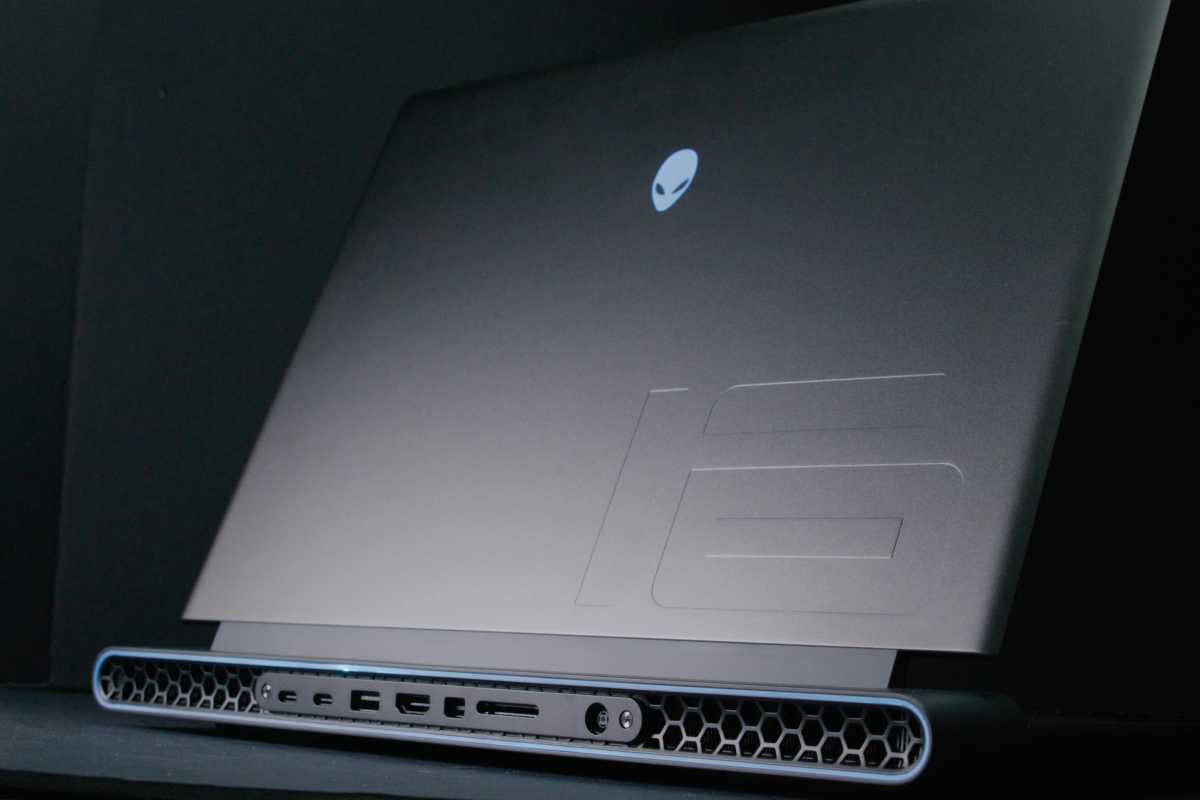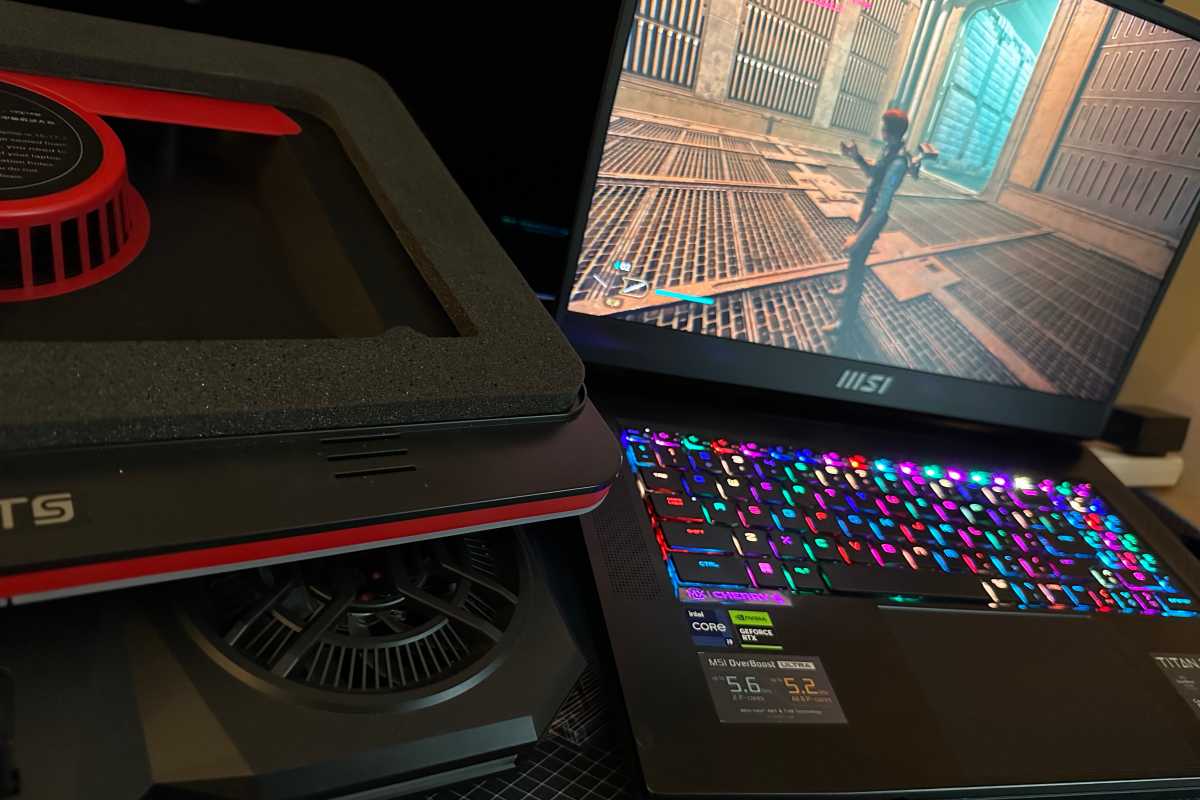
 Image: Mark Knapp / IDG
Image: Mark Knapp / IDG
If you own a laptop for long enough, you’ll inevitably encounter times when it simply doesn’t seem to be running as fast as it should. That can happen for many reasons, but overheating is a common culprit—one that will prematurely kill your laptop’s lifespan.
Maybe your laptop is too hot. So hot, in fact, that you’re wondering if you need a laptop cooling pad. Is that the right answer? And if it is, what do you need to consider before getting one?
Well, laptop cooling pads can be tricky. Not only does the specific laptop cooling pad matter, but so too does the laptop it’s cooling.
Before you go spending cash on a laptop cooling pad, here’s what you need to know about whether a laptop cooling pad can help you and which type of laptop cooling pad might work best.
Further reading: The best laptops we’ve tested
Types of laptop cooling pads
There are a handful of different laptop cooling pad styles out there.
Some simply prop up your laptop at an angle to provide extra ventilation underneath, allowing fresh air to more easily circulate through the intakes and leave through the exhausts.
Another more popular type works similarly, except this one includes electronic fans that help increase circulation further.

Thiago Trevisan / IDG
Thiago Trevisan / IDG
Thiago Trevisan / IDG
And yet another type of laptop cooling pad is more like a heatsink, relying on physical contact with the laptop surface to absorb heat and redirect it elsewhere. That said, this type is more about blocking heat from reaching your lap and less about cooling your laptop.
If your primary aim is to cool down your laptop so it doesn’t overheat, then fan-assisted laptop cooling pads are the way to go.
A new laptop could benefit from a fanless pad—essentially just an angled stand—but if that’s all you want, you can simply prop your laptop on anything and accomplish the same thing. (For example, bottle caps under the rear corners can provide plenty of extra circulation.)
As far as cost, you should expect to pay anywhere from $20 to $40 for a fan-assisted laptop cooling pad, with prices feasibly reaching up to $100 for brand reputation and extra features.
Are laptop cooling pads effective?
Yes, laptop cooling pads are generally effective.
But the question of whether or not a laptop cooling pad will be effective for you is tough because there are many variables: your laptop’s age, your laptop’s internal health, your laptop’s cooling design, as well as the quality and design of the laptop cooling pad you use.
For instance, a laptop cooling pad like the llano V12 could do wonders for an aging gaming laptop with tired-out fans, but it might prove useless for a passively cooled laptop that doesn’t have the right vents for the llano V12 to blow fresh air through.
Meanwhile, a simple cooling pad like the Targus Chill Mat might do a great job cooling a MacBook Air (which benefits from fresh air blowing along its aluminum underside) but fail to make a tangible difference for a hot gaming laptop with dust-clogged vents.

Thiago Trevisan / IDG
Thiago Trevisan / IDG
Thiago Trevisan / IDG
Not only that, but a laptop cooling pad used carelessly could actually give rise to new problems instead of solving your heat issue.
For example, the llano V12 mentioned earlier relies on a laptop sitting neatly on top of its foam seal. But if your laptop is too small and ends up slotted in such a way that its own exhaust vents are covered by the foam, your laptop could actually end up running even hotter.
That said, bearing in mind the many variables that go into picking a laptop cooling pad appropriate for your situation, you should ultimately be able to find a laptop cooling pad that benefits your system.
Even if the fans in the cooling pad are so weak as to be considered useless, a typical laptop cooling pad still provides passive cooling benefits with its firm, flat, ventilated surface for your laptop.
In other words, not only does a laptop cooling pad ensure that your computer’s built-in fans have access to fresh air for proper cooling, but it also helps you avoid clogged intake vents and dust buildup.
And if you tend to use your laptop on your lap, having a cooling pad as a surface for your laptop also benefits you by providing a buffer between your lap and the radiant heat of the laptop.

Mark Knapp / IDG
Mark Knapp / IDG
Mark Knapp / IDG
In the end, it can be hard to predict whether any one laptop cooling pad will work well for your specific laptop, which we saw as a result of some testing with a laptop stand and cooling pad.
So, if you’re going to get a laptop cooling pad, you might have to do some trial-and-error yourself. Perhaps get a couple different styles and run your laptop on each one while monitoring temperatures using HWiNFO (available for free) to see which one cools your laptop the best.
Before getting a laptop cooling pad
While a good laptop cooling pad should have some promise for just about any system, you may not want to go all-in on one of these pads before trying some other things first.
If you have an old laptop with dust clogging up its insides, the first thing worth doing is to open it up and clean out the dust. Even if you end up getting a pad, the cleared internals will help the pad do its job because there will be less dust to blow through.
If you have a new laptop that you want to overwork and push to its limits, then getting a laptop cooling pad can make sense for the extra fan power and cooling potential. However, bear in mind that laptop fans are designed to run at certain speeds—blowing extra air through the vents could spin them faster than their specifications, causing damage and forcing you to rely on the cooling pad permanently.
Similarly, there are anecdotes of users damaging their laptops because they left their cooling pads on while their laptops were off, causing the internal fans to spin when they weren’t supposed to. Then again, there are just as many others who claim to do that with no issue.
While these risks are minor in the grand scheme, do keep them in mind. The last thing you want to do is harm your laptop despite good intentions. But if you’re careful and smart, a cooling pad can definitely keep your laptop cool and help it perform better.
Author: Mark Knapp

Mark is a freelance tech writer and hardware reviewer. As an avid value-seeker, he has ended up digging himself deep into just about every corner of tech, reviewing several hundred products ranging from SSDs and laptops to home theater projectors and e-bikes. He’s always looking to see how the next best thing stacks up.


